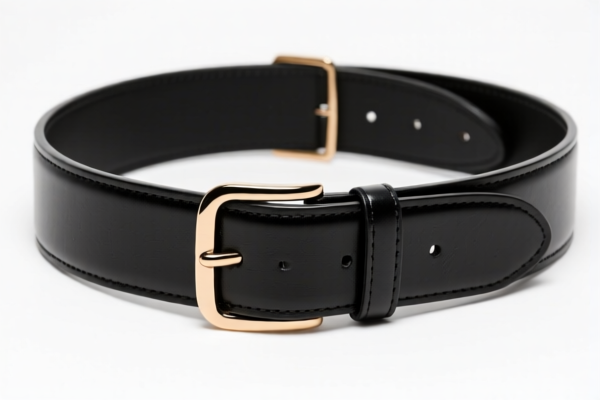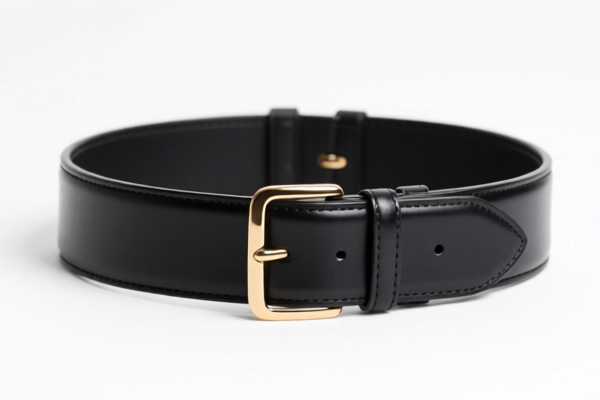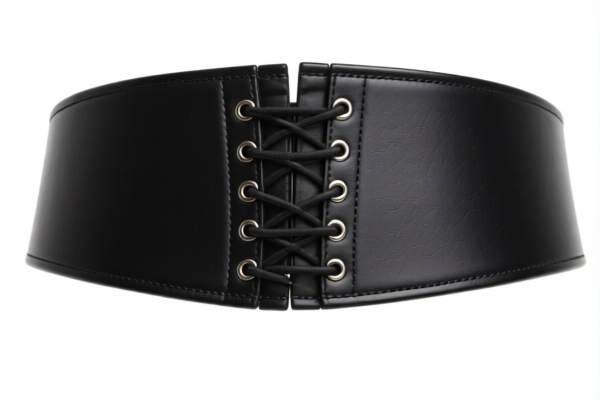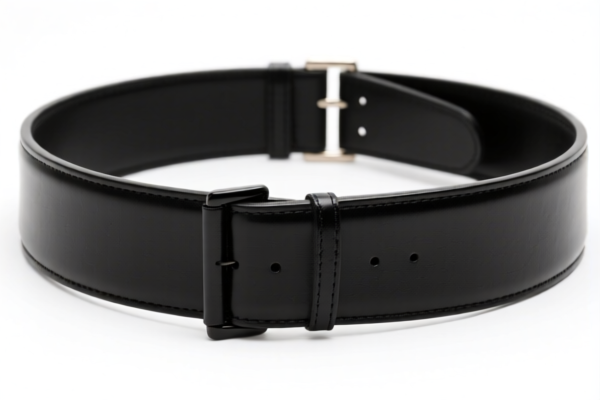| HS Code | Official Doc | Tariff Rate | Origin | Destination | Effective Date |
|---|---|---|---|---|---|
| 9506910030 | Doc | 42.1% | CN | US | 2025-05-12 |




Hurdle
A hurdle is a barrier or obstacle used in a race, typically constructed of flexible materials and designed to be jumped over by athletes. The sport of hurdling involves running at speed while clearing these obstacles.
Material
Historically, hurdles were made from natural materials such as branches or hay bales. Modern hurdles are commonly constructed from lightweight metal frames with a padded crossbar covered in a durable fabric. The base is designed for stability and safety, often featuring weighted feet or a system to prevent tipping.
Purpose
The primary purpose of hurdles is to test an athlete’s speed, agility, coordination, and technique. They introduce a vertical obstacle that requires precise timing and form to overcome efficiently without significant loss of momentum.
Function
Hurdles function by requiring athletes to elevate their body over the barrier while maintaining forward motion. Successful hurdling involves a combination of:
- Approach: Building sufficient speed and establishing a consistent stride pattern.
- Take-off: A powerful leg drive to lift the body.
- Flight: Maintaining balance and clearing the hurdle with adequate height.
- Landing: Returning to the ground smoothly and efficiently to continue running.
Usage Scenarios
Hurdles are used in a variety of track and field events, including:
- Sprints: Short-distance races incorporating hurdles (e.g., 100m hurdles, 110m hurdles).
- Intermediate distances: Races with a moderate number of hurdles (e.g., 400m hurdles).
- Training: Used as a drill to improve agility, coordination, and leg strength for various sports.
Common Types
- High Hurdles: Taller hurdles used in the 100m/110m races. Heights vary based on gender and competition level.
- Intermediate Hurdles: Lower in height and spaced further apart, used in the 400m race.
- Mini Hurdles: Smaller hurdles used for agility training and drills, often employed in youth athletics or other sports.
- Adjustable Hurdles: Hurdles with adjustable height settings, suitable for a range of athletes and training purposes.
Based on the provided information, the declared goods "hurdle" fall under the category of articles and equipment for general physical exercise, gymnastics, athletics, or other sports.
Here are the relevant HS codes:
- 9506910030: Articles and equipment for general physical exercise, gymnastics, athletics, other sports (including table-tennis) or outdoor games, not specified or included elsewhere in this chapter; swimming pools and wading pools; parts and accessories thereof: Other: Articles and equipment for general physical exercise, gymnastics or athletics; parts and accessories thereof. This HS code covers a broad range of sports equipment, including hurdles used for athletics.
Explanation of HS Code Components:
- 95: Chapter 95 covers miscellaneous manufactured articles.
- 06: Heading 06 specifically relates to articles and equipment for physical exercise, gymnastics, athletics, other sports, or outdoor games.
- 91: Subheading 91 further defines the category as "other" articles and equipment not specified elsewhere within the chapter, including those for general physical exercise, gymnastics, or athletics.
- 0030: This is a more specific classification within the subheading.
Tax Rate Details:
- Basic Tariff: 4.6%
- Additional Tariff: 7.5%
- Tariff after April 2, 2025: 30.0%
- Steel or aluminum products: 25% additional tariff.
Total Tax Rate: 42.1%
Important Note:
Please be aware that the total tax rate is 42.1%. If the hurdle is made of steel or aluminum, an additional tariff of 25% will apply.
Customer Reviews
No reviews yet.